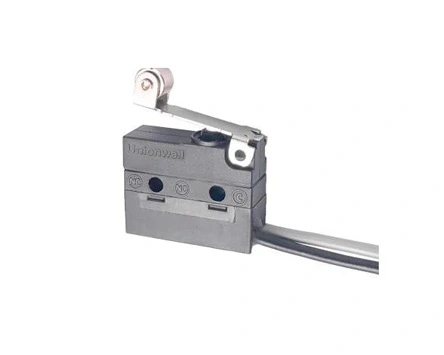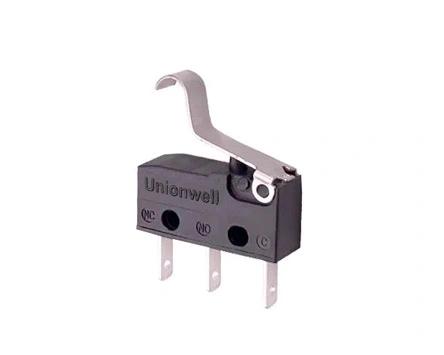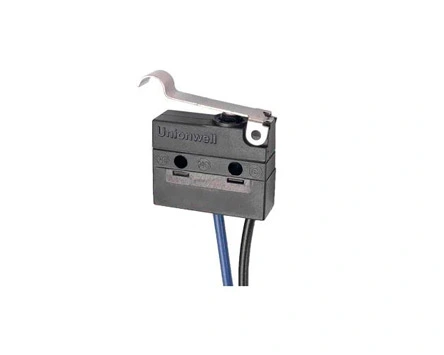
In today's technologically advanced automotive industry, micro switches play a crucial role in ensuring the proper functioning of various systems and components within a car. These small yet powerful devices act as control mechanisms, triggering specific actions based on the interaction between mechanical movement and electrical contacts. In this blog post, we will delve into what micro switches are, their importance in automotive applications, and examples of their usage within a car.
A micro switch in car is an electric switch that operates using a tipping-point mechanism. It consists of a hinged lever or plunger that moves between open and closed positions when an external force, such as pressure or mechanical movement, is applied. The switching action occurs swiftly and reliably, making micro switches ideal for applications requiring precise and immediate response.
The micro switch is found throughout modern vehicles, contributing to their overall safety, comfort, and functionality. Here are some key areas where micro switches are commonly employed:
Door and Window Controls: Micro switches are utilized in door handles, locks, and window mechanisms to detect when the door is closed, opened, or partially open. These switches help activate interior lights, control power windows, and provide feedback to the vehicle's central locking system.
Brake Pedal Switch: Micro switches are integrated into the brake pedal assembly to sense when the pedal is pressed. This input is crucial for engaging the brake lights, disengaging cruise control, and signaling the electronic stability control (ESC) system to intervene if necessary.
Seatbelt and Airbag Systems: Micro switches are employed in seatbelt buckles and latches to detect whether the seatbelt is properly fastened. They also contribute to the airbag deployment system, ensuring that airbags are only deployed when necessary during a collision.
HVAC Controls: Heating, ventilation, and air conditioning (HVAC) systems in vehicles often utilize micro switches to monitor the position of various controls, such as fan speed, temperature selection, and vent modes. These switches help activate the corresponding HVAC components and regulate the desired climate inside the car.
Trunk and Hood Sensors: Micro switches can be found in trunk and hood latches, enabling the vehicle to detect whether these compartments are securely closed. This information is essential for triggering warning indicators on the dashboard and preventing the vehicle from starting if the trunk or hood is open.
The automotive micro switch are vital components in automotive systems, providing accurate and instantaneous control feedback. Their ability to detect mechanical movement and convert it into electrical signals ensures the proper operation of various functions within a car, including door and window controls, brake pedals, seatbelts, airbags, HVAC systems, and trunk and hood sensors. As technology continues to advance, micro switches will likely play an increasingly important role in enhancing vehicle safety, convenience, and efficiency.
By understanding the significance of micro switches in automotive applications, we gain insight into the intricate network of components that make modern vehicles smart, reliable, and user-friendly.
 English
English  français
français  Deutsch
Deutsch  Español
Español  italiano
italiano  português
português  tiếng việt
tiếng việt  Türkçe
Türkçe  slovenský
slovenský  slovenčina
slovenčina  беларускі
беларускі 


